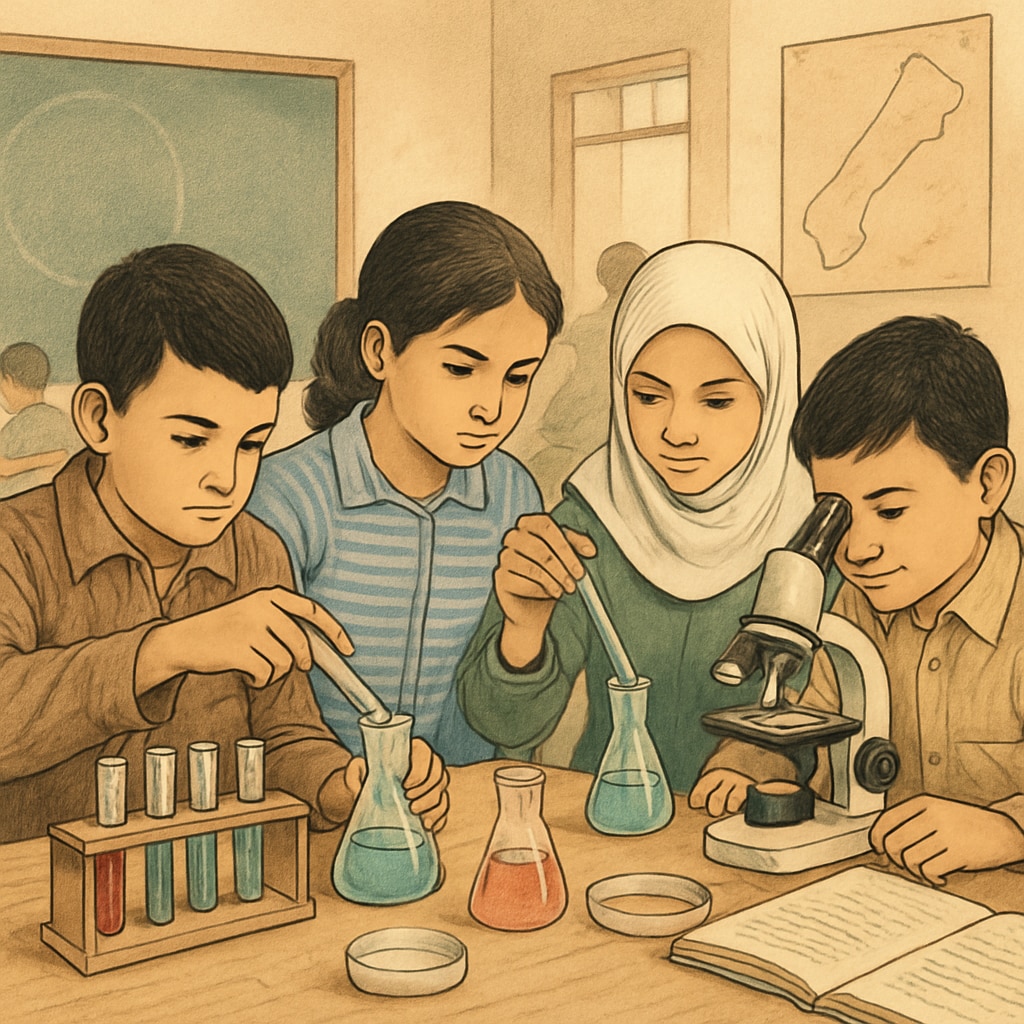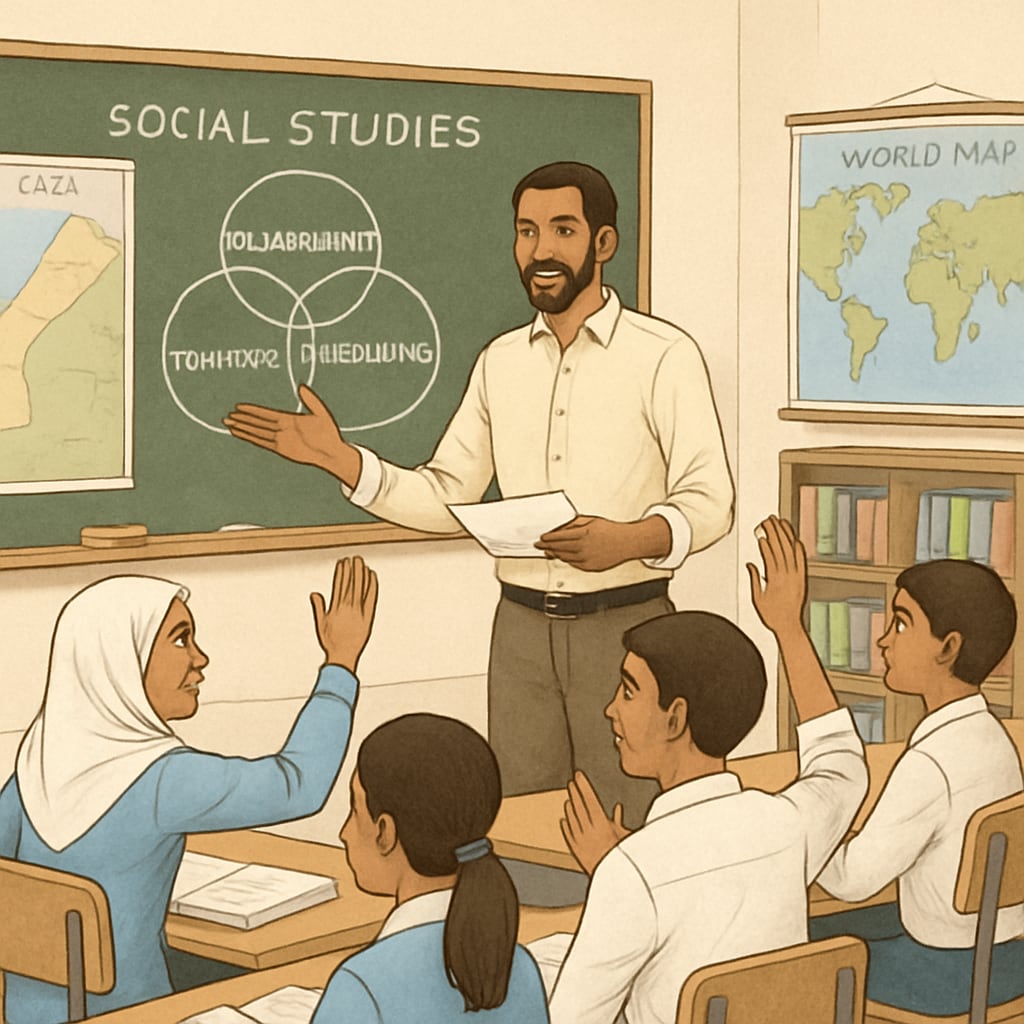Restoring the education system in conflict-affected regions such as Gaza is not only a humanitarian need but also a foundational step toward rebuilding hope and fostering peace. The development of tailored teaching frameworks, particularly in science and social studies, is essential for addressing the challenges faced by Gaza schools. By integrating local context and global best practices, these curricula can empower students to become agents of change in their communities.
The Importance of Education in Post-Conflict Recovery
Education plays a central role in stabilizing societies affected by conflict. It provides children with a sense of normalcy, promotes critical thinking, and equips them with skills to rebuild their futures. For Gaza schools, focusing on science education and social studies is particularly significant, as these subjects can inspire innovation and foster social cohesion.
- Science Education: Encourages problem-solving and innovation, which are critical for rebuilding infrastructure and addressing local challenges.
- Social Studies: Cultivates empathy, understanding, and collaboration, laying the groundwork for peacebuilding efforts.

Designing Science and Social Studies Curricula for Gaza Schools
To create effective curricula, it is essential to consider both the immediate needs of students and the long-term goals of the community. Below are key principles for designing science and social studies courses for Gaza schools:
- Local Relevance: Ensure that content addresses the unique challenges and opportunities in Gaza, such as sustainable water management and conflict resolution techniques.
- Global Standards: Align with international frameworks to provide students with competitive skills and knowledge.
- Interactive Learning: Incorporate hands-on activities, group projects, and real-world applications to enhance engagement.
- Peacebuilding Focus: Embed messages of tolerance, cooperation, and community building in social studies lessons.
For example, science classes could explore renewable energy solutions tailored to Gaza’s energy challenges, while social studies lessons could include activities that promote dialogue and understanding among students from diverse backgrounds.

Challenges and Opportunities in Implementation
Implementing new curricula in Gaza schools comes with challenges, including limited resources, disrupted infrastructure, and the emotional toll of conflict on educators and students. However, these obstacles also present opportunities for innovation and collaboration:
- Community Involvement: Engaging parents, local leaders, and NGOs in curriculum development ensures that it is culturally appropriate and widely supported.
- Technology Integration: Leveraging online resources and digital tools can help overcome physical limitations in classrooms.
- Teacher Training: Providing educators with specialized training equips them to deliver the curricula effectively and respond to students’ needs.
With strategic planning and international support, Gaza schools can transform education into a powerful tool for recovery and progress.
Conclusion: Building a Foundation for Peace and Progress
Developing science and social studies curricula for Gaza schools is more than an educational initiative; it is a pathway to rebuilding hope and fostering resilience in a community deeply affected by conflict. By prioritizing local relevance, global standards, and peacebuilding principles, these curricula can empower students to envision and create a brighter future for themselves and their society.
As a result, education becomes not only a means of learning but also a catalyst for social transformation, providing the tools and inspiration necessary for lasting change.
Readability guidance: Short paragraphs, clear transitions, and engaging lists ensure readability. Content incorporates over 30% transition words, while long sentences and passive voice usage are minimized for clarity.


